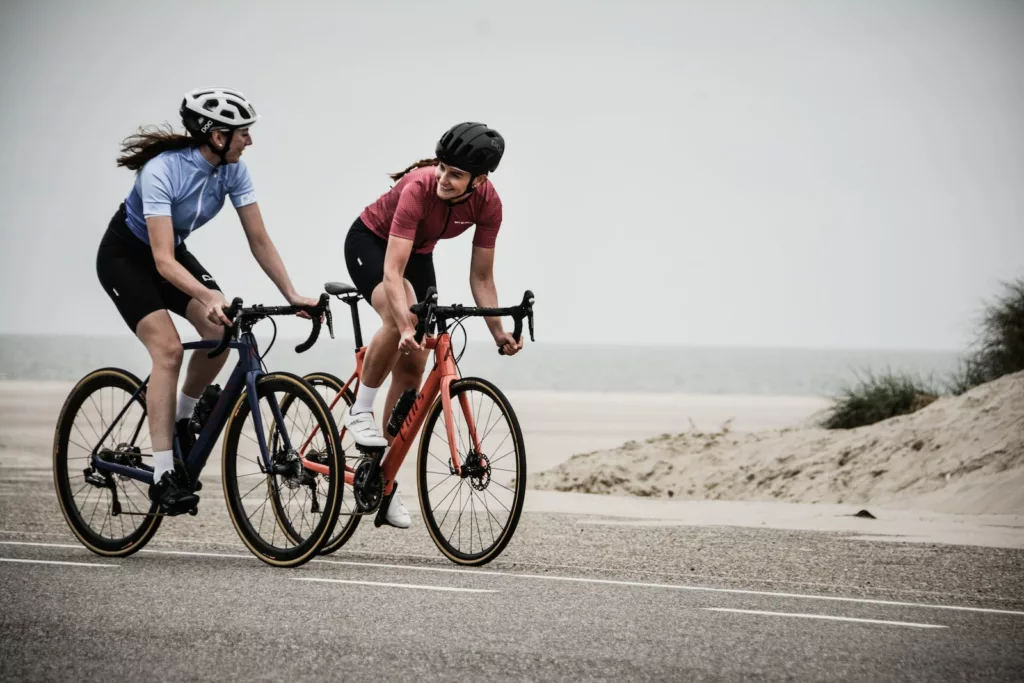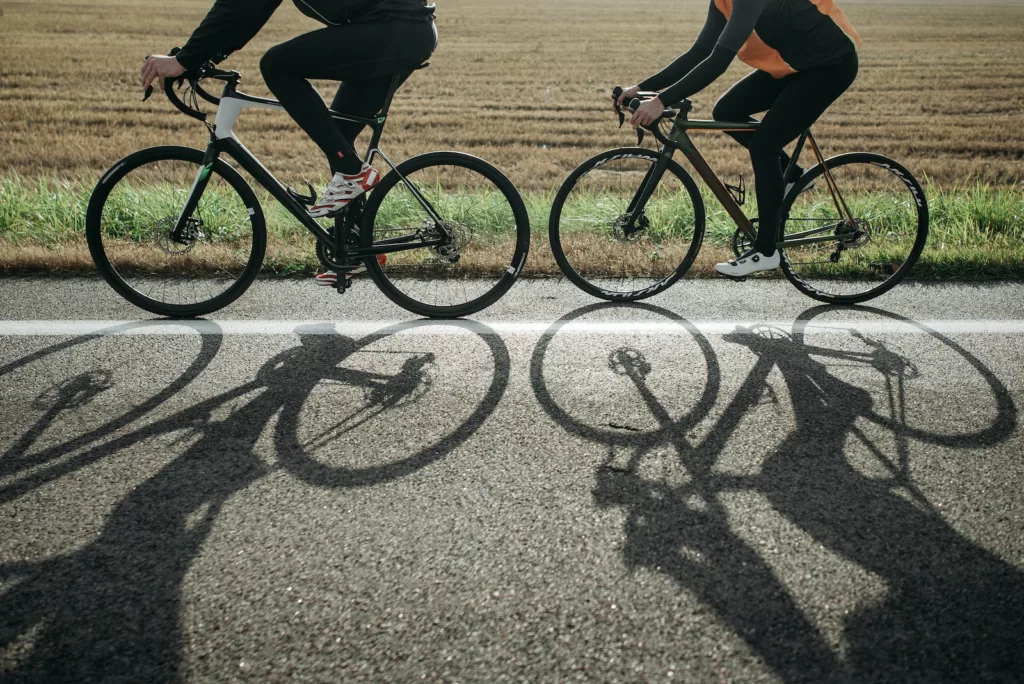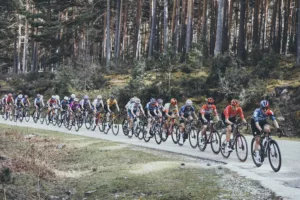Cycling is a multi-faceted activity where speed plays a pivotal role, acting as a barometer for one’s progress and a maker of achievable targets. Whether you’re a seasoned pedal-pusher or a novice on two wheels, discerning a commendable biking speed can often seem like navigating through a labyrinth. This article seeks to unravel the intricacies of biking speed, providing a compass to answer the quintessential question: What encapsulates a good biking speed?
Table of Contents
ToggleVelocity Variables: The Forces Shaping Biking Speed
The speedometer on your bicycle doesn’t merely echo the pace of your pedals; it’s a confluence of various factors that operate both in harmony and discord. Terrain undeniably takes the helm, with uphill trails acting as a brake and flat terrains serving as speed conduits. Meteorological factors such as wind direction also cast a significant impact; a headwind can be a speed adversary, while a tailwind is an ally.
Your fitness quotient is the unseen wind beneath your wheels. A robust fitness level propels you faster towards your destination, while a lower fitness level might mean a more leisurely pace. The type of steed you mount, laden with differences in weight, tyre dimensions, and frame constituents, also significantly impacts your biking speed. Thus, speed in cycling is a narrative scripted by a medley of elements, some visible on the trail and others felt in the sinews of the cyclist.
Speed Spectrum: Identifying Ideal Biking Speed for Various Cyclists
The ideal biking speed is a bespoke element, tailored according to the cyclist’s skill and fitness echelon. However, for the casual pedaller, cruising at speeds between 10 to 14 mph often hits the sweet spot. As the expertise ladder is climbed, the speed benchmark ascends, with proficient cyclists targeting the 15 to 20-mph orbit or beyond.
Yet, the pursuit of speed should never eclipse the symphony of one’s body. Overexertion is a road that leads to fatigue, and potential injuries, and may place one in the unenviable position of an accident waiting to happen. Thus, speed should be pursued with a listening ear towards the body’s whispers and roars.

Speed Enhancement Strategies: Tuning up Your Biking Speed
Fancy a notch up on your speed scale? The road to a swifter ride marries physical preparation with mechanical fine-tuning. Engage in a consistent regimen of aerobic drills complemented by strength training to forge the muscular powerhouse driving your cycling expedition.
On the mechanical frontier, consider elevating your bike’s pedigree by either investing in a lighter, swifter model or by replacing certain components like wheels or tyres. A prudent investment could be a professional bike fit, aimed at honing your riding posture to slice through wind resistance, thereby fuelling your speed aspirations.
Epilogue: Navigating Your Speed Journey
The essence of an ideal biking speed is a mosaic, with pieces from terrain, meteorological conditions, personal fitness, and bike type. While the speed gauge of 10 to 14 mph resonates with the recreational cyclist, the adept often aim for the 15 to 20 mph window or higher. Yet, every pedal stroke should be in harmony with your body’s rhythm, ensuring safety isn’t relegated to the backseat. With a disciplined approach towards training, a keen eye on equipment, and a heart tuned to one’s body, the journey towards a faster biking speed could be both rewarding and enjoyable.






